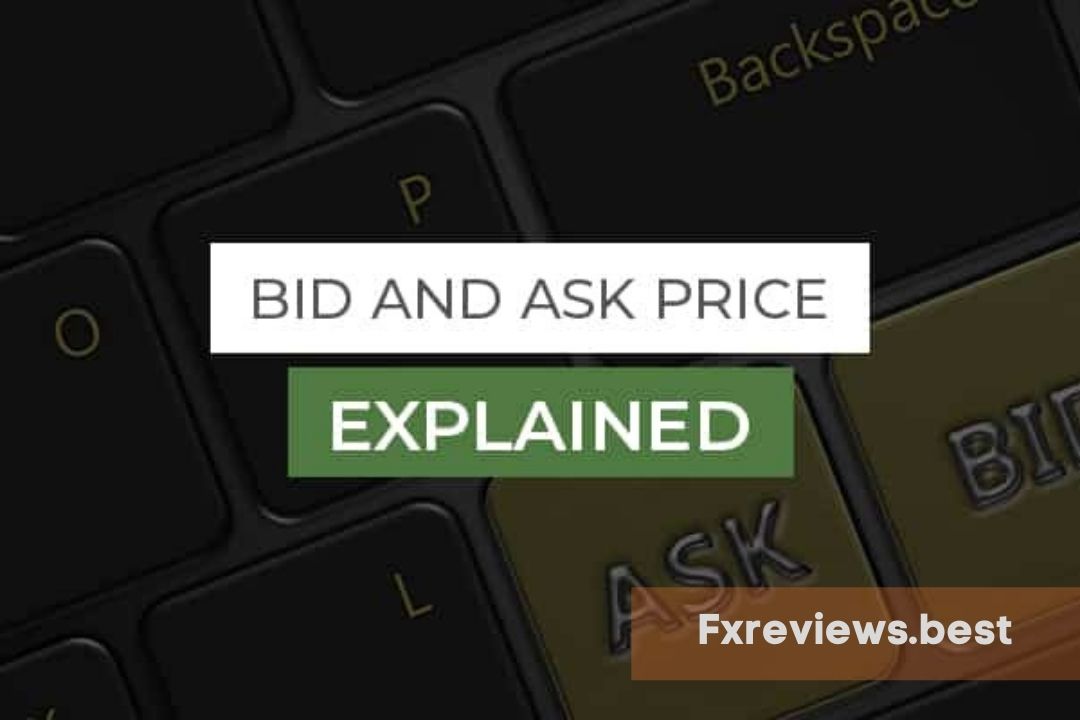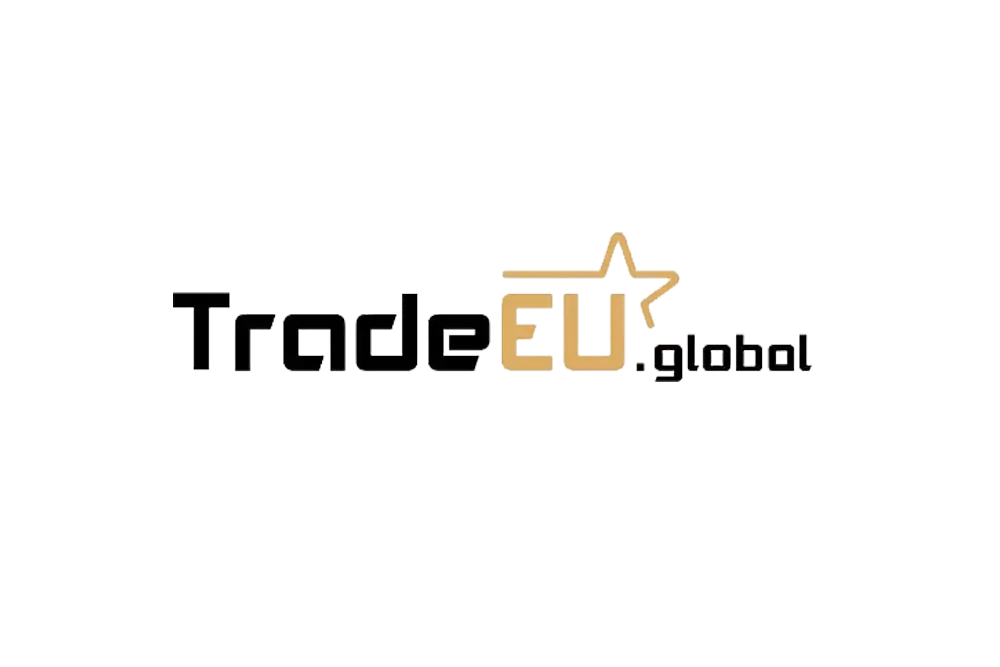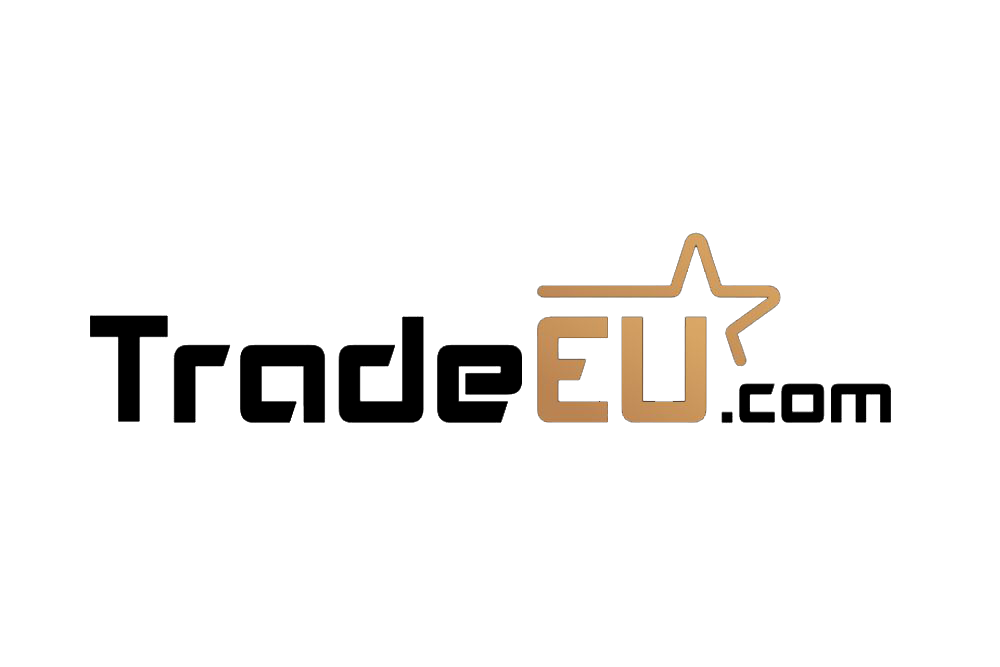Trading or investing in stocks requires basic knowledge of various parameters. Bid and ask prices are one of these parameters. In this article, we are going to discuss bid and ask prices in detail and the significance of the bid-ask spread also. Let’s get started.
What is Bid and Ask Price?
Bid and ask is the suitable potential price for buyers and sellers in the market. Or you can say it is the best price at which the stock can be bought or sold in real-time. The buyer willing to pay the highest price is actually the bid price. On the other hand, the seller willing to accept the lowest price is the ask price. Retail investors should not overlook bids and ask while learning about personal finance.
It is essential to understand this concept clearly to avoid risks and maximize the profit potential. The current stock price represents the last price of trade of the particular stock. So one can easily understand that the highest bid price and lowest ask price represent the demand and supply of the stock or an asset.
Bid vs. ask prices provide a two-way price quote that indicates the best value at which assets can be bought and sold at any given time. The maximum amount a buyer pays for a security, such as a share in the company, is known as the bid price. The asking price is the lowest price that the seller will accept for that security.
What is Bid-Ask Spread?
The spread is the difference between the bid and asks price. Depending on the securities being traded, bid-ask spreads might be as little as a few pennies. The market determines bid and ask prices by allowing investors or market-makers to place buy and sell orders. When buying demand overcomes selling supply, the stock price tends to climb in the short term; however, this is not always the case.
The spread is largely determined by supply and demand. When the bid and ask prices are very close, it indicates that the security has a lot of liquidity. A narrow bid-ask spread is what it’s called. When a stock has a lot of liquidity, it’s much easier to buy or sell it at a good price, particularly if the order size is substantial. When the bid-ask spread is significant, however, trading the security can be difficult and expensive.
When investors think about the bid-ask spread, they’re usually talking about stocks, but the terms are also employed when trading bonds and options. The bid vs. ask price in options varies depending on the position of the option.
Leading brokerage firm PrimeFin offers the minimum spread to its clients. You can trade with a spread as low as 0.03 pips with the broker.
Current price
To comprehend the difference between a financial instrument’s bid and ask prices, you must first comprehend the present price from a trading standpoint.
The current price, also known as market value, is the price at which an item is actually sold on an exchange. The current price is established by the price at which the item was last exchanged and is constantly fluctuating. According to basic economic theory, the current price is decided when the supply and demand market forces coincide. Supply and demand fluctuations lead the current price to rise and fall correspondingly.
As a result, the most recent amount paid for an asset by a trader indicates the current price on a market exchange. It is the result of financial traders, investors, and brokerage firms engaging with one another in a particular market.
Bid-Ask Pricing
If you have access to the necessary online pricing systems, you can monitor the bid and ask prices for a stock. They’re never the same, as you’ll observe. The asking price is always a few dollars more than the bid price.
If you’re buying the stock, you’ll pay the asking price, and if you’re selling it, you’ll get the bid price. The broker or expert managing the transaction keeps it as a profit.
What Is The Difference Between The Bid And Ask?
The bid and ask prices represent the highest buying and minimum selling prices, respectively, because the current price indicates the market price of a financial product.
The greatest price that a buyer is willing to pay for a financial asset is defined as the bid price, also known as simply the ‘bid.’ The ask price is also known as the minimum price a seller is willing to accept for an instrument, is defined as the lowest price a seller is willing to accept for the instrument.
The ask price is typically lower than the current price of the instrument, whereas the bid price is typically greater. The bid and ask spread, also known as the bid-ask spread, is the difference between the bid and ask prices.
How Does the Bid-Ask System Work?
The bid price is set by the buyer, who expresses how much they are ready to pay for the stock. The seller specifies their price, sometimes known as the “ask price.”
The stock exchanges, as well as the entire broker-specialist system, are responsible for facilitating the coordination of bid and ask prices. This service comes at a cost, which has an impact on the stock’s price.
Market Orders
You can select to put a market order, which will be placed at the top of the list of pending transactions if you want your order to be placed almost instantly. The disadvantage is that you’ll either get the lowest or highest accessible pricing on the market.
Market orders are best used when you need to purchase or sell an investment right away and are concerned about timing rather than price disparities.
You’ll get the lowest buying price if you place a market sell order and the highest selling price if you place a market buy order. Market orders must be considered with caution.
The Bottom Line
There are ways to avoid the bid-ask spread, but most investors are more off staying with the tried-and-true system, even if it means a small loss in profit. If you’re thinking about expanding out, start with a paper trading account first.
Advanced tactics are for experienced investors only, and amateurs may end up in a worse situation than when they started. This isn’t to say you won’t ever get to the stage where you can use them and maybe even excel at them, but while you’re just getting started, you’re probably much better off adhering to the basics.
FAQs
Do I buy at the bid or ask?
You have to pay the ask price if you are buying the stock or security. The asking price will always be slightly higher than the bid price.
How do you read, ask and bid?
The maximum price you can sell is the bid, while the lowest price you can buy is the ask. So you can easily read both prices by simply looking at charts.
Why is the bid higher than the ask?
The bid is always higher than the ask price because of the expected behaviour of a human being that s/he will not sell a stock for less than s/he willing to pay.


